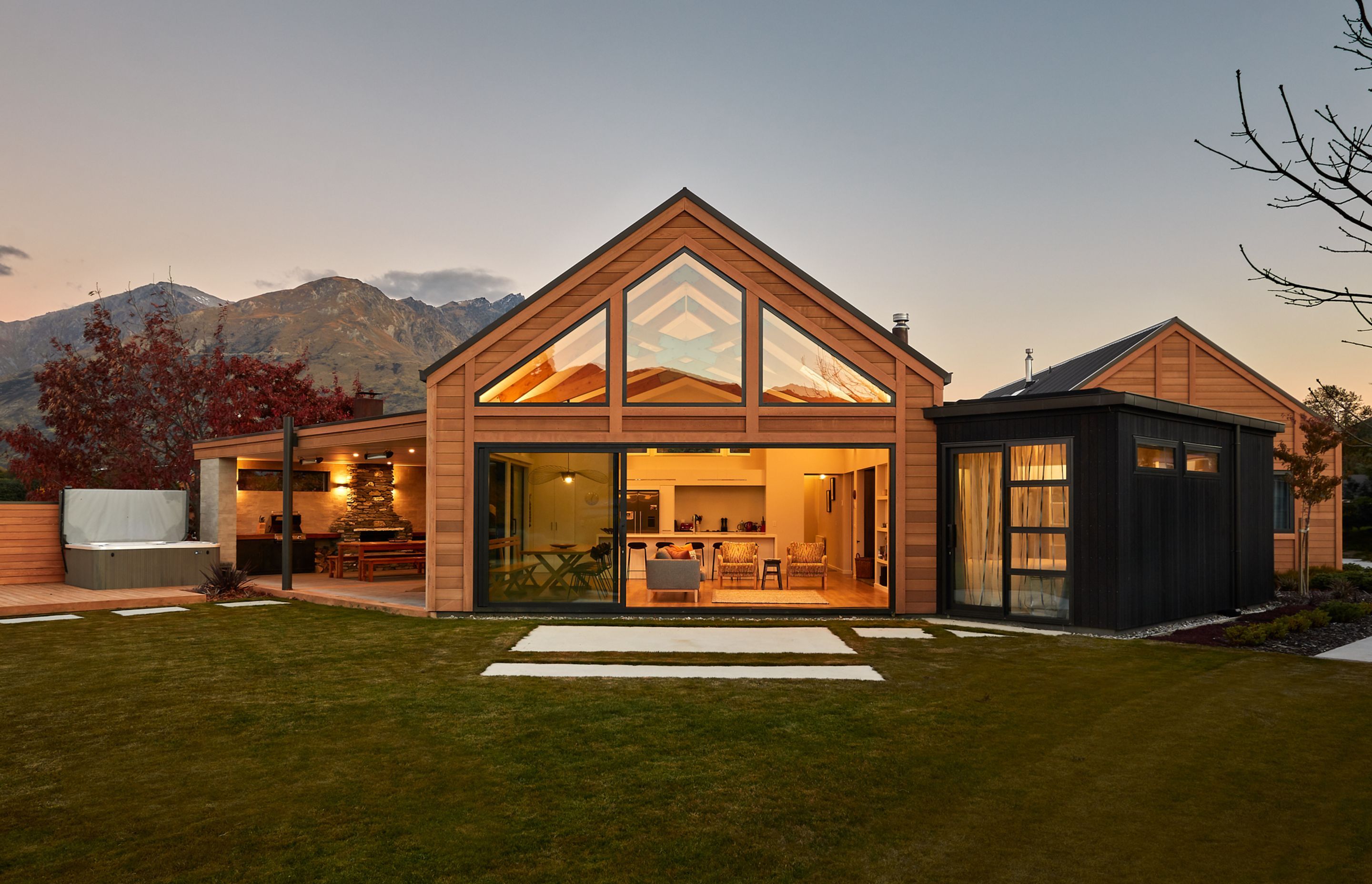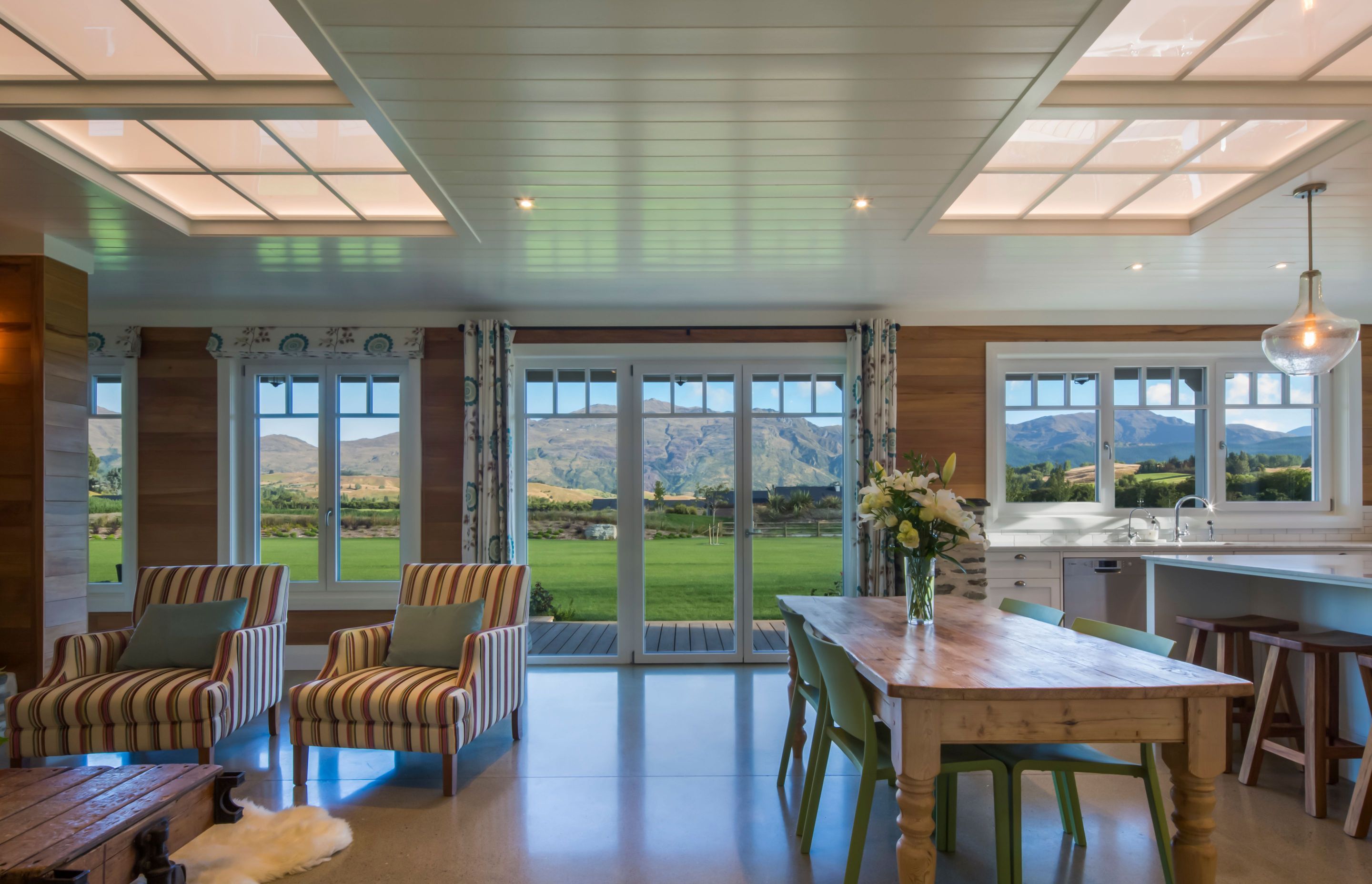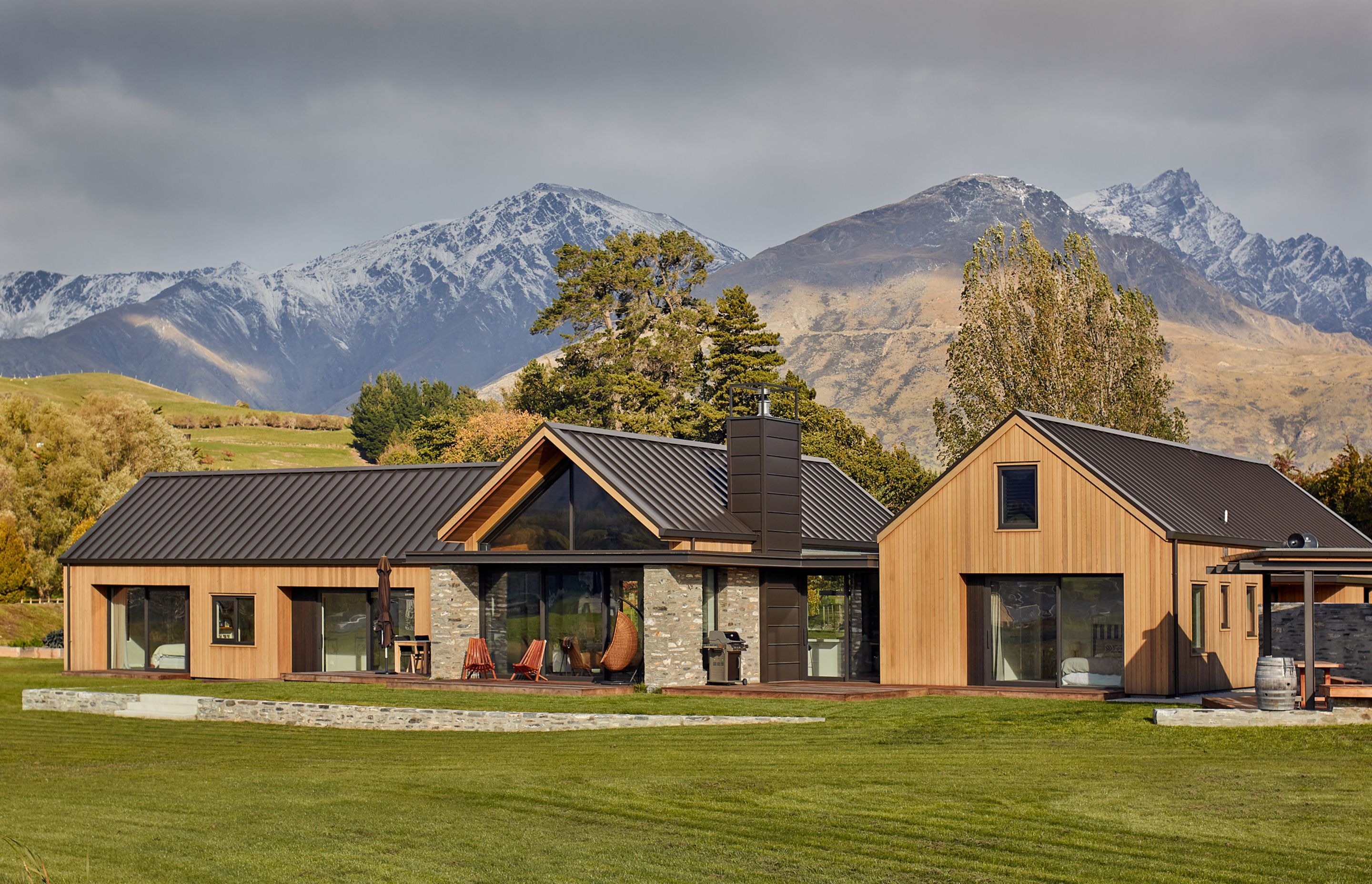Where do I start when building a warm home?

What materials do you need to consider at the design stage in order to build a strong, warm and healthy home?
The importance of working from the inside to the outside
Bear in mind that you cannot ‘build your way out of bad design’ – so what materials do you need to consider at the design stage in order to build a strong, warm and healthy home? In the order of importance I encourage home-owners to work from the inside of their home out – from things you can’t see to the things you can see.
- Ensure the slab is of good quality and thermally efficient
- Ensure the structure is robust and airtight, with above standard bracing (I recommend plywood) and no thermal bridging.
- Wall construction is made of the largest timber section you can afford – in Central Otago the MINIMUM wall thickness you should build with is 140mm, 190mm is better and 300mm is best, or timber alternative – concrete or SIPS. I do not recommend steel in the Central Otago climate.
- If a traditional timber framed home, use Laminated Veneer Lumber (think plywood in the shape of a 4×2) – LVL timber of a minimum strength grade of LVL 8.
- Insulate to the highest standard that fits into your construction, and ensure your roof will allow for a minimum of 200mm of insulation, ideally 300mm.
- Purchase windows of the highest quality you can afford – inward-opening European style triple and double-glazed joinery will also reduce outside noise transmission into your home.
- Construct your home – irrespective of the risk matrix results – on a VENTED cavity (with a minimum 5mm air gap at the wall to soffit / barge board / flashing junction) and use H3.2 treated timber battens.
- If using a metal roof, use a vapour permeable roof membrane, and construct your roof so it is not in contact with your roofing iron. If constructing a membrane roof, use a warm roof system and ventilate the membrane to reduce condensation / moisture build-up below the membrane.
- If you can afford it, use 13mm Gib Superline, followed by 13mm Gib Braceline, followed by 13mm standard gib everywhere.
- Sound insulate all interior walls and build sound walls where sound transmission could be an issue (around laundry rooms for instance).



